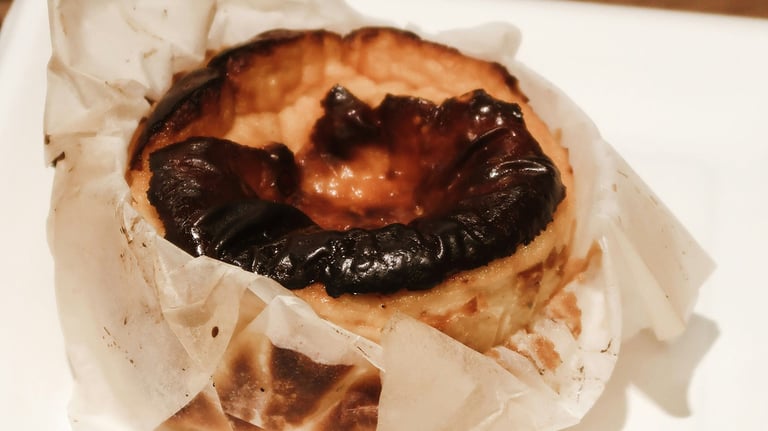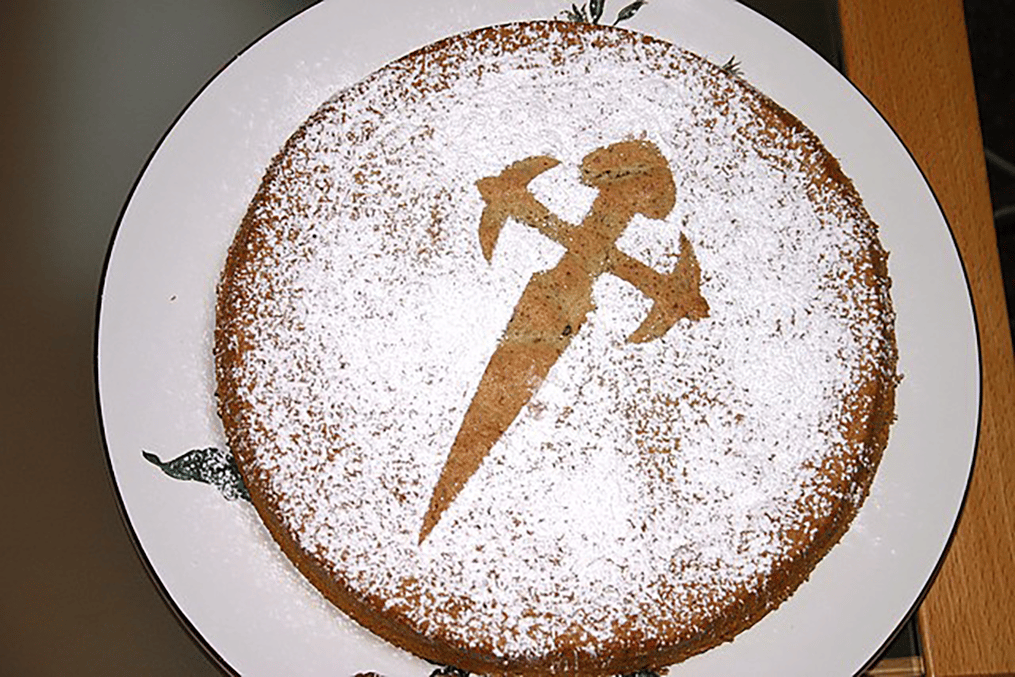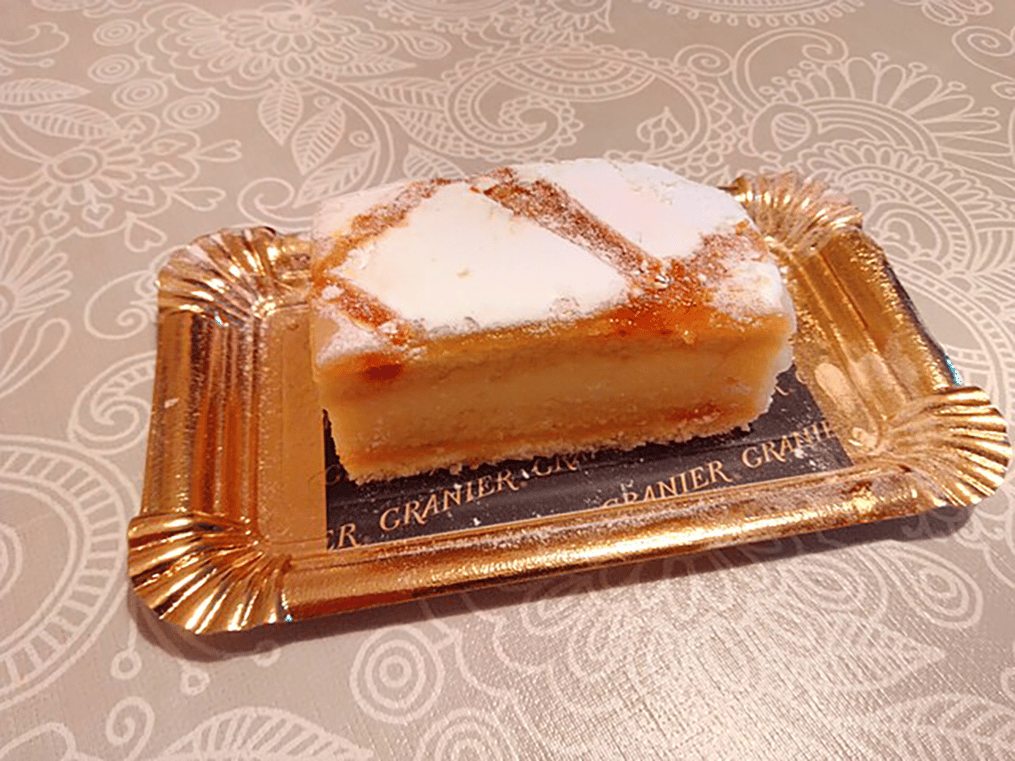- Home
- Articles
- Spain’s Mouthwatering Dessert Cakes From the Burnt Basque Cheesecake to Olive Oil Cake
From usual to quite the unusual cakes that use pumpkin and olive oil in them, Spain has a lot of cakes that are a must-try and we recommend trying homemade cake recipes for each of them

Spain has some scrumptious cakes in its repertoire that range from the famed burnt cheesecake to more homely cakes, do try homemade cake recipes for them, that resemble cupcakes, to olive oil-drenched, healthier cakes. And many of the cakes are tied to religious festivities of Christianity, with traces of influences from its Arabic past, not to mention the ingenuity of the local talent of patisseries.
1. Basque cheesecake
One of the most famous cheesecake varieties, Basque cheesecake comes from a tiny wine-tasting restaurant called La Viña in Spain’s San Sebastian City. It was made by the experimental chef of the Spanish Tapaste bar who is known for his culinary excellence and if you fancy a slice but can’t visit, you can find the recipe of this cheesecake online shared by the creator and owner of the bar, Santiago Rivera in the early 1990s. The cake does not have a crust and is baked with parchment paper and pulled from the baking tins by tugging at the paper. It has a burnt top and a gooey centre and is light and creamy, not as dense as other varieties.
2. Arnadí

Coming from Valencia, this cake is a little unusual as it is made with pumpkins with a strange arrangement of almonds on top of it. It’s not clear when and who might have created it, but it is said to be linked to the Arabs, who had ruled Spain (and Italy) between the years 711-1492. It is prepared during Lent and the Holy Week of Christmas, during winter when pumpkins are in season. It is also made with sweet potato, but pumpkin is the most popular one; sometimes both are combined with lemon zest and sugar. It is baked on low heat and served fresh mostly in the village of Xátiva, its birthplace; Elsewhere this cake is hard to find.
3. Bizcocho de aceite
A delicious sponge cake that stands out from its peers because it uses something unique – olive oil, enriched with cream and eggs, Bizcocho de aceite is a speciality of Southern Spain. The cake is super light and spongy with a hint of citrus that is eaten plain, often with a dusting of powdered sugar. Bizcocho refers to different things in Spanish-speaking countries, in Spain the word is used to denote sponge cakes only.
4. Tarta de Santiago

This iconic cake holds religious significance for Christian communities in Spain, particularly the Galicia region of the country. Like the Bizcocho, this one is also a sponge cake, sometimes with a puff or shortcrust pastry base, made using eggs, almonds, and sugar; the flavours differ based on what is used – lemon zest, grape marc, sweet wine, or brandy. The cake is recognized because of the Cross of Saint James imprint on it in layer a of powdered sugar. The cake was first baked in the 1500s but the recipe only appeared in the 1800s, which is followed even today.
5. Coca de San Juan

A speciality of the Eastern Catalonia region of Spain, this cake is made during the festive occasions of the feast of San Juan. It is made using flour, sugar, lemon zest, eggs, butter, milk, and yeast. Consider it sort of a fruitcake because the cake batter uses cherries, pine nuts, and crystallised ginger in the batter that after baking can be found throughout the cake. As sweet as this cake might seem a cup or tea or coffee is perfect with the cake.
6. Mantecadas de Astorga
Invented by pastry chef Juan de la Mata in the 1700s, it comes from Northern Spain’s Astorga, that uses the paper technique of the Basque cheesecake. The cake batter is made using flour, eggs, butter, lard, and sugar and then baked in a square-shaped, kraft-type paper mould. The cakes are small and light, almost like cupcakes, and boast the aroma of butter and eggs. Modern variations tend to use olive oil instead of butter for a healthier cake and also use vanilla or lemon zest to add more flavour to an otherwise plain cake. Many regions of Spain have their own versions of Mantecadas or sponge pastries that are sold in most local bakeries and grocery stores. Another famous variety is called the Mantecados de Estepa which is made during Christmas and uses minimal ingredients like the one from Astorga.
7. Ponche Segoviano

Originating from Spain's Segovia, this is a layered lemon sponge cake sandwiched with egg yolk and olive oil cream, and wrapped in marzipan and topped with caramelised sugar in an artful crisscross pattern. You'll have to guess the recipe for this one, for the creators chose to guard the recipe. A famous confectioner of the Confiteria el Alcazar, called Frutos García Martín made this cake in 1926. The King of Spain, King Alfonso XIII also loved this cake that he told Martín to contest in the Universal Exhibition in Barcelona, earning him and the cake the gold medal in 1929.
Like This Article?
More Like This




Popular Articles





Trending Web Stories
Curated Recipes


















